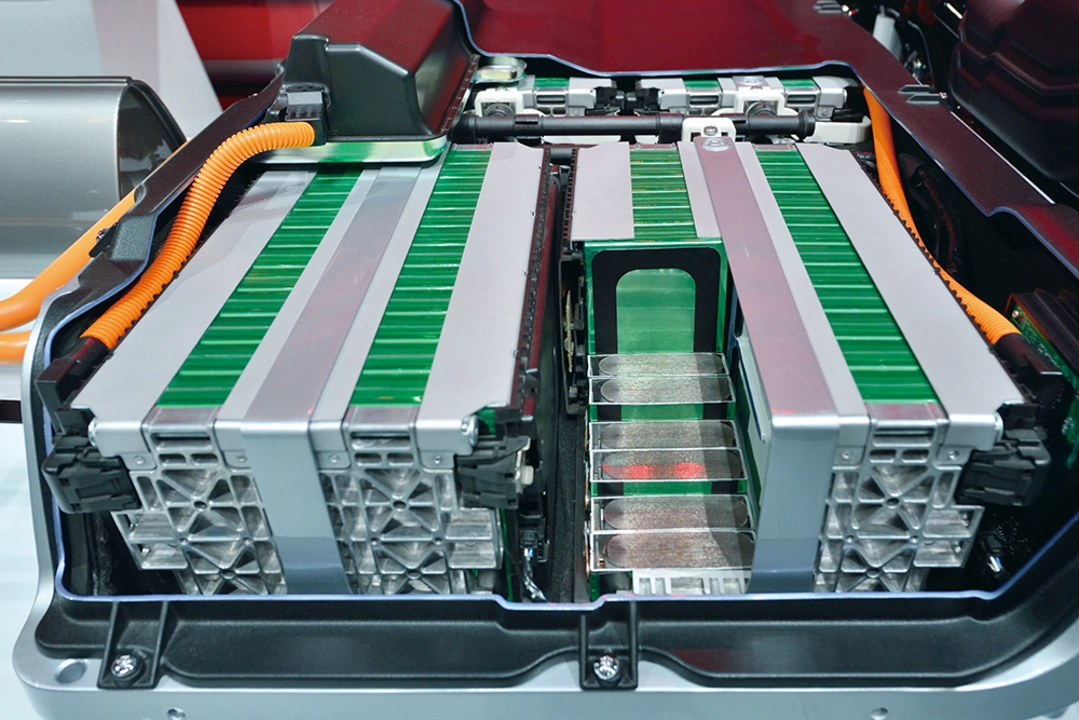
Why does an electric vehicle have so little range?
Introduction: Understanding Electric Vehicle Range
As a blogger who's passionate about electric vehicles (EVs), I am often asked by readers and friends, "Why does an electric vehicle have so little range?" There are several factors that contribute to the limited range of an electric vehicle, and in this article, I will be breaking down these factors into 10 commercial headings. I'll be discussing everything from battery technology and energy efficiency to the impact of weather conditions on EV range. So, let's dive right in and explore the reasons behind the limited range of electric vehicles.
The Importance of Battery Technology
Battery technology plays a significant role in determining the range of an electric vehicle. Modern EVs primarily use lithium-ion batteries due to their high energy density, long cycle life, and relatively low weight. However, these batteries still have limitations in terms of energy density and charging speed compared to the energy stored in gasoline or diesel fuel. With ongoing research and development, we can expect battery technology to improve, leading to increased range for electric vehicles in the future.
Energy Efficiency and Vehicle Design
Energy efficiency is another critical factor that impacts the range of an electric vehicle. The more efficiently an EV can convert stored energy into motion, the greater its range will be. Vehicle design, including aerodynamics, weight, and powertrain efficiency, all play a crucial role in determining energy efficiency. Manufacturers are continuously working to design electric vehicles that minimize energy loss, thereby increasing their range.
Aerodynamics and Vehicle Weight
Aerodynamics directly influence the energy efficiency of an electric vehicle. A more aerodynamic vehicle will experience less air resistance, requiring less energy to overcome this drag force. Additionally, a lighter vehicle will require less energy to accelerate and maintain speed, leading to increased range. Manufacturers are increasingly using lightweight materials and design features to reduce vehicle weight and improve aerodynamics.
Charging Infrastructure and Its Effect on Range
The availability and accessibility of charging infrastructure play a critical role in the perceived range of an electric vehicle. If charging stations are readily available and convenient to use, EV drivers are less likely to experience range anxiety. In contrast, limited access to charging stations may make drivers more cautious about their remaining range, potentially leading to the perception that electric vehicles have a "little" range. Governments and private companies are working to expand charging networks, which will likely improve the perception of EV range in the future.
Driving Habits and Their Impact on Range
Driving habits can significantly impact the range of an electric vehicle. Aggressive driving, such as rapid acceleration and frequent braking, can quickly deplete an EV's battery, resulting in a reduced range. On the other hand, adopting a more conservative driving style with smoother acceleration and braking can help to conserve energy and extend the range. Additionally, using features like regenerative braking can help to recapture energy that would otherwise be lost, further increasing the range of an electric vehicle.
The Role of Temperature and Climate Conditions
Temperature and climate conditions also have a notable impact on the range of an electric vehicle. In cold temperatures, battery performance can be adversely affected, leading to decreased range. Additionally, the use of heating and air conditioning systems can consume a significant amount of energy, further reducing the range. Manufacturers are working on solutions to mitigate these effects, such as battery thermal management systems and more energy-efficient climate control systems.
Accessory Power Consumption
Accessory power consumption can also contribute to the limited range of an electric vehicle. Devices like infotainment systems, power seats, and lighting all consume energy from the battery. While these accessories typically don't consume a significant amount of energy compared to the motor, they can still impact the overall range of the vehicle, especially during long trips or when multiple accessories are in use simultaneously.
Comparing Electric Vehicle Range to Internal Combustion Engine Vehicles
It's essential to put the range of electric vehicles into perspective by comparing them to internal combustion engine (ICE) vehicles. While it's true that most electric vehicles currently have a shorter range than their ICE counterparts, it's important to consider that the average daily driving distance for most people falls well within the range of most modern electric vehicles. As battery technology and energy efficiency continue to improve, we can expect the gap in range between electric and ICE vehicles to narrow.
Overcoming Range Anxiety
Range anxiety is a common concern among potential EV buyers, but there are steps that can be taken to mitigate this anxiety. Planning trips around available charging infrastructure, adopting more energy-efficient driving habits, and maintaining proper tire pressure can all help to extend the range of an electric vehicle and alleviate range anxiety. Additionally, as battery technology and charging infrastructure improve, range anxiety is likely to become less of a concern for most EV drivers.
Conclusion: The Future of Electric Vehicle Range
While it's true that electric vehicles currently have a more limited range than traditional internal combustion engine vehicles, advancements in battery technology, energy efficiency, and charging infrastructure are continually improving EV range. As these improvements continue, we can expect electric vehicles to become more competitive with ICE vehicles in terms of range, further promoting the widespread adoption of electric vehicles. It's an exciting time to be an electric vehicle enthusiast, and I look forward to seeing how the industry continues to evolve.
Write a comment